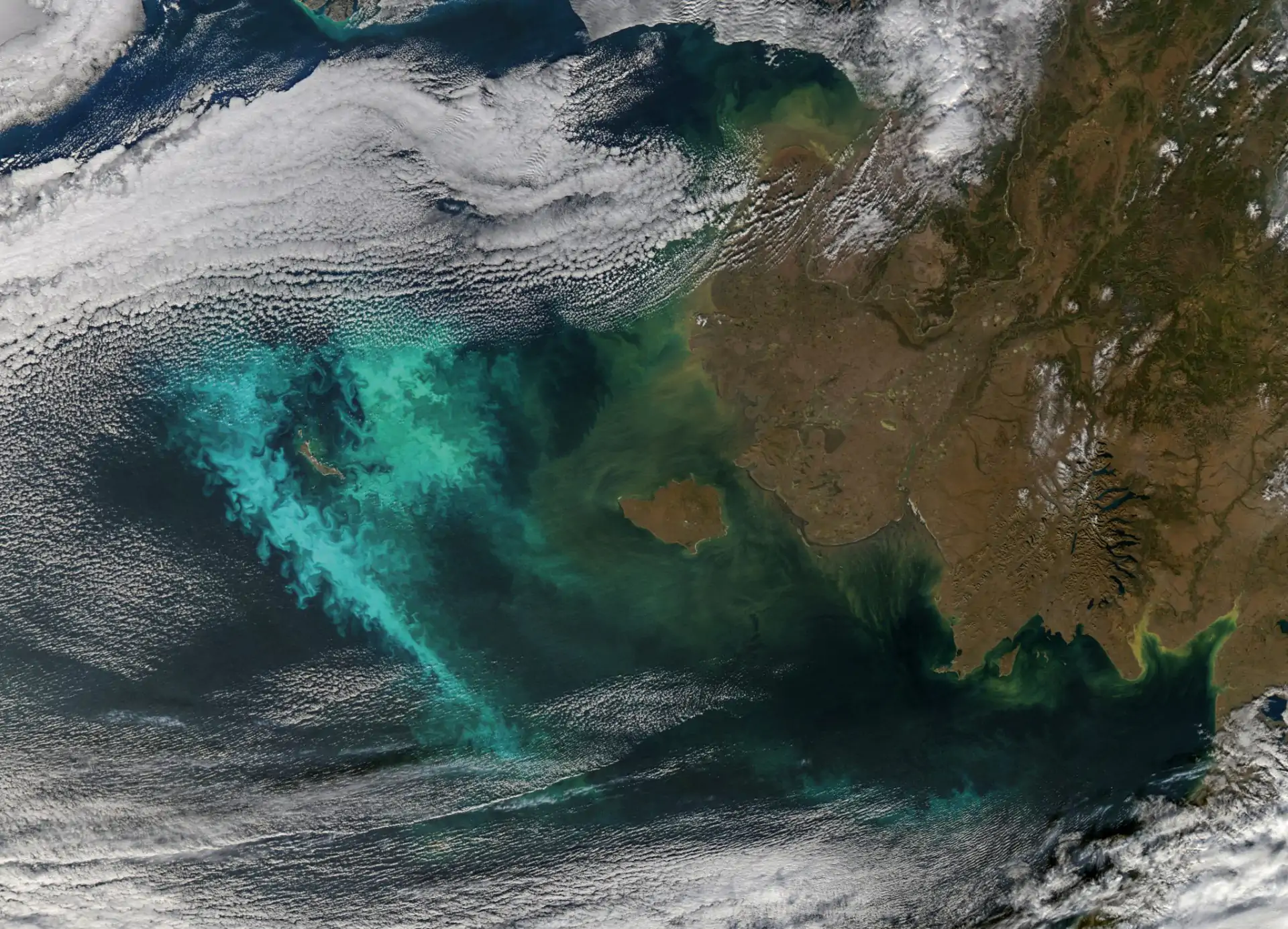NASA's Plankton, Aerosol, Cloud, ocean Ecosystem (PACE) mission – scheduled to launch in January 2024 – will peer down at Earth to see the many forms of carbon in a way no other satellite has done, according to a blog post by the agency on March 22.
Whether in plants or animals, greenhouse gases or smoke, it will achieve this by measuring colors not yet seen from the position of space.
"PACE is standing on the shoulders of some giants, but previous and current satellites are limited in how many colors of the rainbow they can actually see," said Jeremy Werdell, project scientist for the PACE mission at NASA's Goddard Space Flight Center in Greenbelt, Maryland.
How will PACE measure carbon in the atmosphere, land, and oceans?
PACE will measure the entire color spectrum, allowing scientists to see minute variations in pigment that show how plants react to stimuli and determine whether or not they are utilizing the surrounding carbon.

NASA
In the past, field studies of particular locations were the primary way these color variations were observed. Additionally, weather information was used to infer stressors such as droughts, but it was challenging to cover huge areas.
"For the first time, we'll really be able to look at changes in the health of plants over the globe," said Fred Huemmrich, research associate professor at the University of Maryland, Baltimore County, and a member of the PACE science and applications team.
"It will dramatically improve our understanding of how ecosystems function and how they respond to stress."
PACE's data on the ocean will be significant, too- one reason being its role in monitoring phytoplankton. These tiny creatures exist on the ocean's surface and are essential to the food chain and global carbon cycle.
Scientists already know that different phytoplankton species have slightly distinct colors- PACE will be able to pick up on these color variations. This will enable scientists to distinguish different types of phytoplankton globally, improving their comprehension of carbon pathways and quantities.
On land, burning vegetation releases various components, some of which are ash in plumes. PACE's instruments are designed to be able to track these smoky clouds as well as other atmospheric aerosol particles.
Additionally, scientists will also be able to determine what was burned with the assistance of PACE's two companion polarimeter instruments, SPEXone and the Hyper-Angular Rainbow Polarimeter-2 (HARP2), as well as the precise color measurements of the smoke taken by the Ocean Color Instrument (OCI).
Even locally, one goal for PACE is to gather data on how smoke impacts air quality, potentially affecting communities close to fires.

